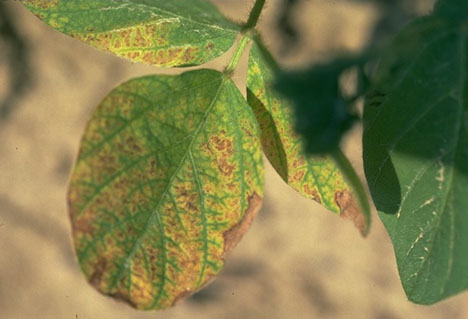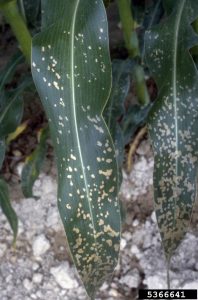Chapter 19: MOA Part 4 – Photosynthesis Inhibitors (Photosystems)
Disclaimer:
The information and suggestions in this publication are intended to provide general guidelines for weed management in Ohio. Because of changing laws and regulations, Ohio State University Extension assumes no liability for the recommendations. The recommendations for using pesticides included in this guide are incomplete and should not serve as a substitute for pesticide labels. Complete instructions for the use of a specific pesticide are on the pesticide label. The pesticide user is responsible for applying pesticides according to label directions, as well as for problems that may arise through misapplication or misuse of the pesticide. Label changes, product cancellations, and changes in recommendations may have occurred since the publication of this guide. Check with your county Extension agent in agriculture if you are in doubt about a pesticide you plan to use. Trade names have been used in this guide for clarity, but do not constitute an endorsement by The Ohio State University, nor do they imply discrimination against other products.
Copyright 2018
Chapter Authors
Dr. Deana Namuth-Covert, Professor and Ms. Amy Kohmetscher, Instructional Designer
Ohio State – Agricultural Technical Institute
College of Food, Agricultural and Environmental Sciences
The Ohio State University
Select materials in this lesson are utilized and updated from:
Markwell, J and Namuth, D (2003). Herbicides that Act Through Photosynthesis http://passel.unl.edu/pages/informationmodule.php?idinformationmodule=939154153
Sunlight and photosynthesis are vital to plant growth and development. Some herbicides can adversely affect light-related biochemical processes, thereby causing damage to plants. This occurs by four mechanisms:
- herbicides that inhibit or block synthesis of Protoporphyrin IX (PPO)
- herbicides that inhibit synthesis of carotenoids (pigments)
- herbicides that block Photosystem II electron transfer
- herbicides that divert electrons from Photosystem I.
All of these herbicide classes cause cellular damage in the presence of light. In the previous chapter we focused on the first two mechanisms and in this chapter we will address the final two that interfere directly with the photosystems in chloroplasts of plant cells.

